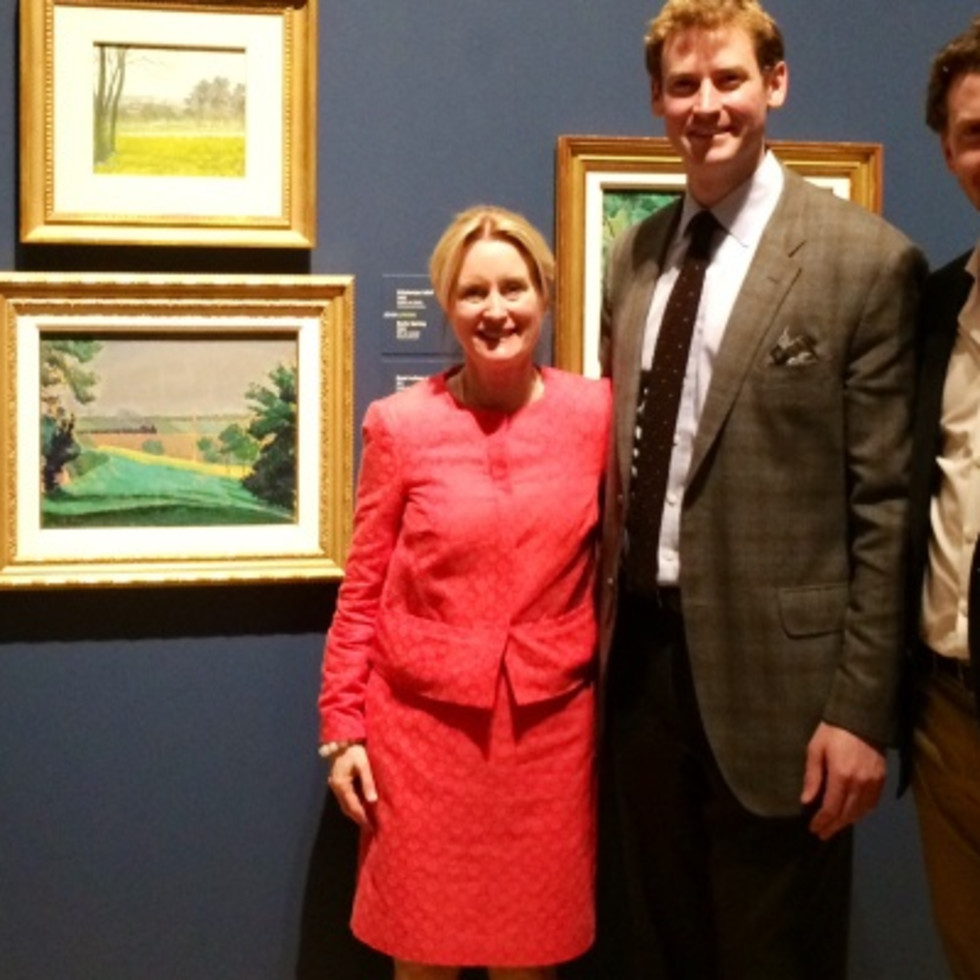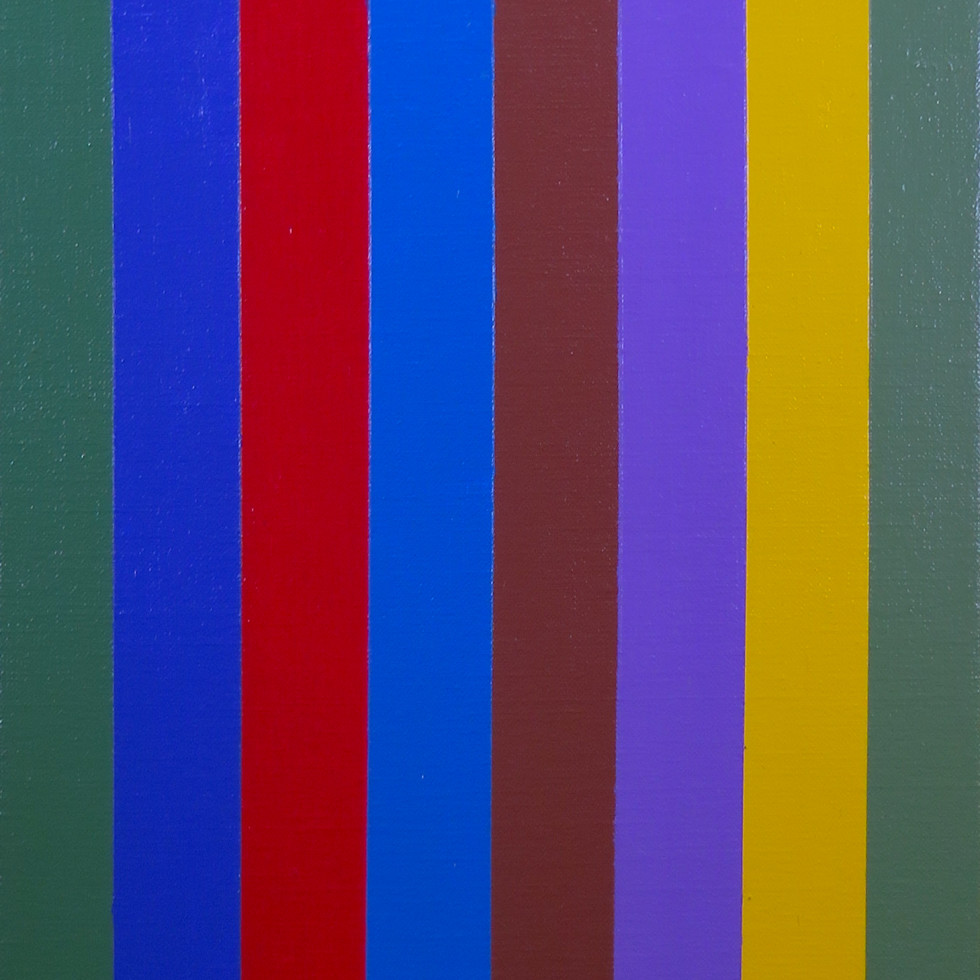Guido Molinari
 "I choose color on the spur of the moment. People ask me why I paint in red. I do not have the slightest idea. I was painting in blue, then I had a need to paint in red. To be able to interact with the medium, this is the key. There are no sure ways to do art."
Guido Molinari
"I choose color on the spur of the moment. People ask me why I paint in red. I do not have the slightest idea. I was painting in blue, then I had a need to paint in red. To be able to interact with the medium, this is the key. There are no sure ways to do art."
Guido Molinari
Guido Molinari was born in Montreal on October 12, 1933. He was a student at the Montreal Museum of Fine Arts’ School of Design from 1950-1951. He began producing works that combined the automatic methods of Les Automatistes with a more disciplined approach. He was at the forefront of Colour Field painting and the development of a rigorous colour abstraction in Montreal. The Canadian Encyclopedia writes: “Characteristic of his paintings [of] the 1960s were vertical, hard-edged bands of colour. Pictorial space in these paintings was created by the spectator's perception of the shifting and mixing of the colours. More recently, colour in his work had been reduced to very dark values, and rather than narrow bands, the paintings were divided into 2 to 5 large vertical sections.
In 1956 Molinari became a founding member of the Association des artistes non-figuratifs de Montréal. He exhibited at the Biennale in Venice in 1968, where he was awarded the David E. Bright Foundation prize. In 1977, he participated in the Paris Biennale, and in 1980 he was awarded the Paul-Émile Borduas Prize by the Government of Québec. Molinari, who taught at Concordia University until 1997, exerted a powerful influence on younger artists through his teaching, his theoretical writing and his opinions, firmly held and strongly stated. The exhibition Guido Molinari: 1951-1961, Peintures en noir et blanc was organized by the Vancouver Art Gallery in 1989 and toured the country.
Molinari died in Montreal on February 21, 2004.”









